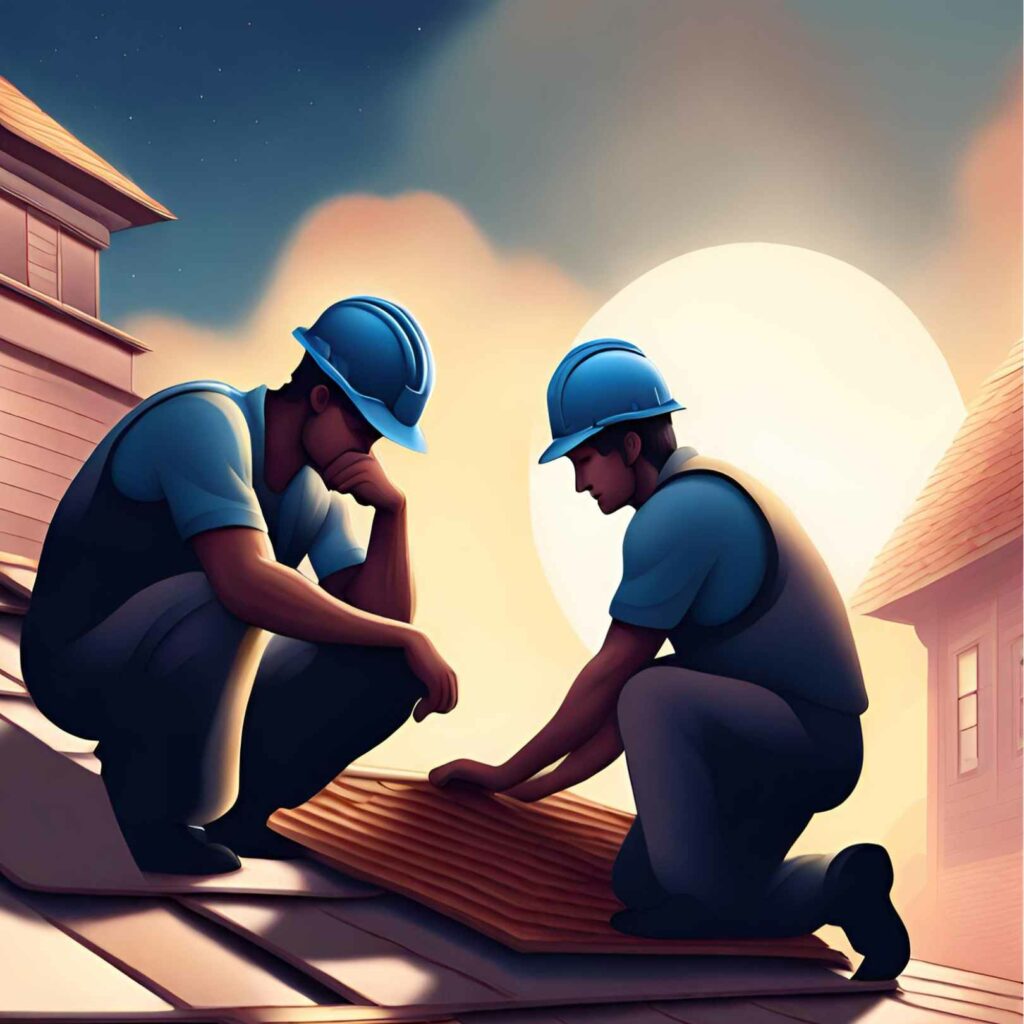What Keeps the Water Out?

Leak barriers are self-adhering membranes that are typically made of rubberized asphalt or similar material. Knowing how they function makes you informed about your own roof.

Leak barriers are self-adhering membranes that are typically made of rubberized asphalt or similar material. Knowing how they function makes you informed about your own roof.